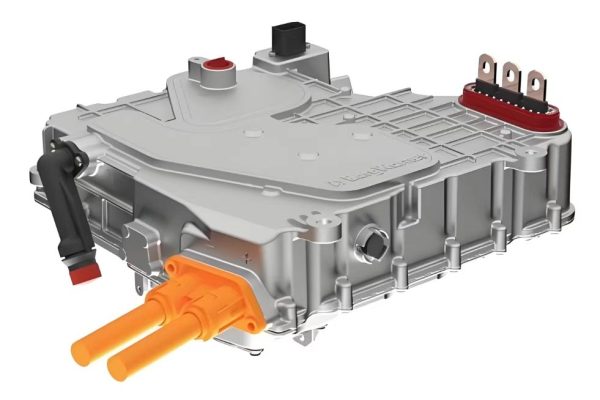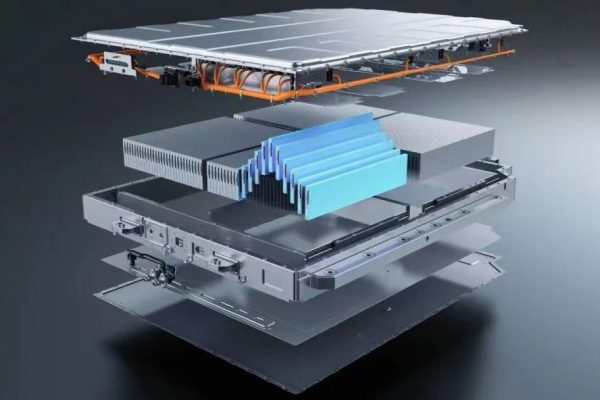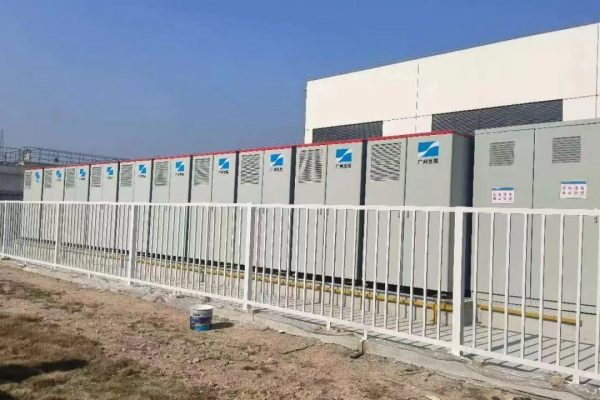The Core of After-Sales Negotiations
In the global trade of energy storage systems (ESS), after-sales service is often a critical factor in winning or losing deals. One key question exporters face is: do international clients prefer repair or replacement when problems arise? The answer varies by market, product type, and buyer profile. Understanding these preferences helps exporters design warranty and service terms that meet client expectations while managing costs.
1. Buyer Expectations in Different Markets
- Europe: Buyers often expect replacement due to strict consumer protection laws and high service expectations.
- North America: A mix of repair and replacement, but commercial buyers may accept repair if downtime is minimized.
- Middle East & Africa: Many prefer replacement because local repair services are limited.
- Asia-Pacific: Some markets are cost-sensitive and more open to repair solutions if supported with fast parts supply.
Exporter Tip: Research local consumer laws—some regions mandate replacement within specific conditions.
2. Repair: Advantages and Challenges
Advantages:
- Lower cost for exporters compared to full replacement.
- Extends the product’s lifespan with minimal waste.
- Feasible for large, industrial systems where full replacement is impractical.
Challenges:
- Long-distance logistics can delay repairs.
- Requires skilled technicians and possibly local service partners.
- Buyers may perceive repairs as less reliable.
3. Replacement: Advantages and Challenges
Advantages:
- Builds strong buyer trust and satisfaction.
- Faster solution in many cases, especially for modular products like wall-mounted batteries.
- Simplifies after-sales logistics by avoiding repair complexity.
Challenges:
- Higher cost for exporters.
- Complicated customs procedures for returning defective units.
- Risk of financial loss if defective products cannot be refurbished or resold.
4. Hybrid Models
Many exporters combine repair and replacement in their contracts:
- Early-Stage Failures: Replacement within the first 1–2 years.
- Mid-to-Late Warranty Period: Repair, spare parts, or discounted replacement.
- Industrial Systems: On-site repair with partial replacements (e.g., swapping battery modules only).
5. Contractual Clarity
- Clearly state conditions for repair vs. replacement.
- Define who pays shipping costs in each scenario.
- Include timelines for resolution (e.g., replacement within 30 days).
- Specify spare parts availability throughout the warranty period.
Exporter Tip: Transparency prevents disputes and builds long-term confidence.
6. Turning Policy into a Sales Tool
- Offering replacement guarantees can be a strong sales argument in new markets.
- Buyers with long-term projects may value repair services that ensure continuity.
- A flexible approach allows exporters to meet diverse client needs while managing costs.
Matching Policy to Market Needs
International clients do not have a one-size-fits-all preference. European and Middle Eastern buyers often lean toward replacement, while Asian and North American markets may accept repair under certain conditions. The most successful exporters balance both approaches, providing clear, flexible, and transparent after-sales terms. This strategy not only reduces risks but also enhances the exporter’s reputation as a trustworthy global partner.









